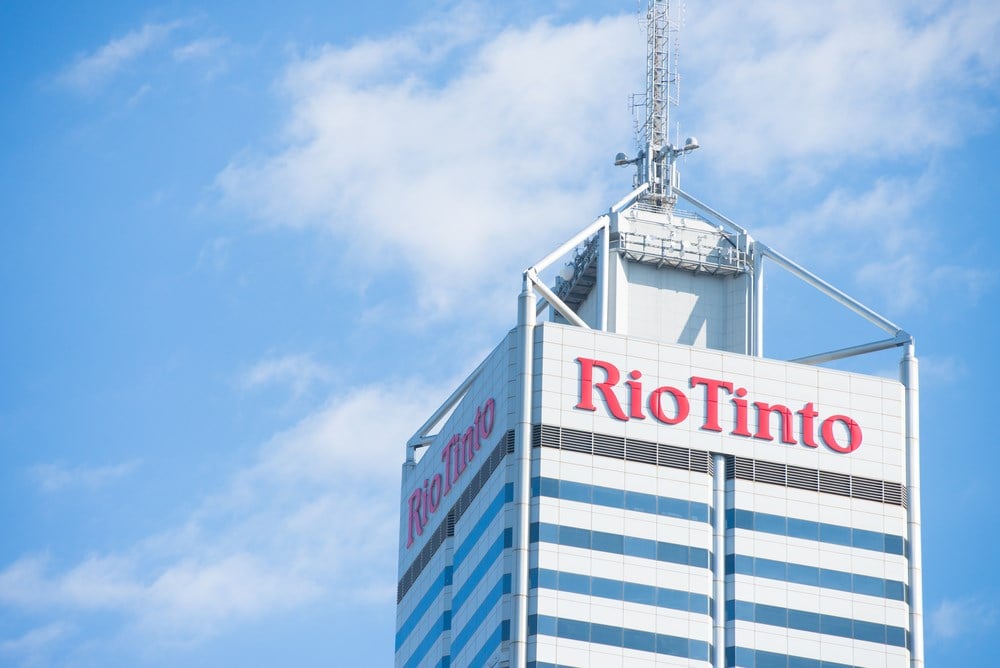
This month, London-based Rio Tinto Group (NYSE: RIO) became the first mining company to operate an open pit mine solely with renewable diesel fuel. A shift from using fossil diesel to renewable diesel in heavy machinery at its California borax mine marked a significant milestone in a quest to reach net zero carbon emissions by 2050.
The news was cheered by environmentalists and investors alike. On June 2nd, Rio Tinto shares bounced off six-month lows and have continued to trend higher. Following a rough four-month selloff, the diversified miner may finally be digging itself out of a hole.
In April 2023, the company released first-quarter production numbers highlighted by record shipments of iron ore from the Pilbara region of Western Australia. The data suggests that demand for the key steelmaking input is on the upswing for purposes of building cars, ships and industrial machinery.
Yet, with Rio Tinto trading more than 30% below its post-pandemic peak, a climb back up the mountain may be in the early stages.
Five Wall Street research groups have updated their Rio Tinto views in 2023. After recent upgrades at Bernstein and Morgan Stanley, all five are bullish. The group’s average 12-month price target of $96 implies a 50% upside — and a potential 15-year high.
Why Is Wall Street Bullish on Rio Tinto?
When China began easing Covid restrictions last Fall, the economic landscape improved significantly for metals and other commodities. Iron ore demand from the world’s biggest economy (and largest steel producer) drove a sharp uptrend in iron ore prices — and Rio Tonto’s share price. Then concerns of a global recession, underwhelming growth in China and higher levels of supply sent iron ore and mining stocks tumbling backward.
Over the last few weeks, however, the backdrop for industrial commodities has improved. Expectations of better demand have helped iron ore prices rebound to a seven-week high. Along with a 4.5% uptick in May 2023, China's iron ore imports, and hopes of government stimulus to prop up the construction industry, optimism around global mining players is back.
Aside from prospects for higher realized prices, Rio Tinto may be gaining a competitive edge. Bernstein recently noted that the company could “seize the lead” from Australian mining giant BHP Group in the coming year. The market share gains could come from not just iron ore but also aluminum and titanium, which also recorded first-quarter production growth. In addition, Rio Tinto’s copper mining production holds the potential for outperformance as Chinese electric vehicle (EV) makers ramp up their assembly lines in a healthier domestic economy.
Analysts are also digging into Rio Tinto’s pullback because it has made a leading mining stock less expensive. It is currently trading at 8x this year’s earnings estimate, which is below its five-year average and that of diversified mining peers. Rival BHP is trading at 15x this year’s earnings, and Swiss miner Glencore is at 9x.
Is Rio Tinto’s Dividend Stable?
There’s one more reason to like Rio Tinto. The stock comes with a big dividend.
A non-U.S. American Depository Receipt (ADR), Rio Tinto distributes a cash dividend on a semiannual basis. Its most recent dividend of $2.25 per share was paid in April 2023, which means the second one can be expected around October 2023.
The implied $4.50 annual dividend equates to a 7.0% yield on a forward basis. This is well above the average materials sector yield (2.8%) and that of BHP (6.0%) and Brazilian miner Vale (4.9%). Glencore presently offers a higher yield of 8.1%.
With such an attractive yield, dividend sustainability becomes the next question. If the current dividend is maintained, approximately two-thirds of Rio Tinto’s future earnings will go to shareholders as dividends. For more than half of a company’s profits to be distributed as dividends is high. It also leaves less money to fund growth projects and ultimately limits the potential for dividend hikes.
Based on trailing 12 months' earnings, Rio Tinto’s 0.8x dividend coverage ratio is cause for concern. BHP’s dividend coverage is a much healthier 1.4x.
Bottom line: Rio Tinto’s dividend payout is less than stable but not at alarmingly risky levels. And with improved metals pricing and the potential for China stimulus, the Street is looking past this shaky ground.













